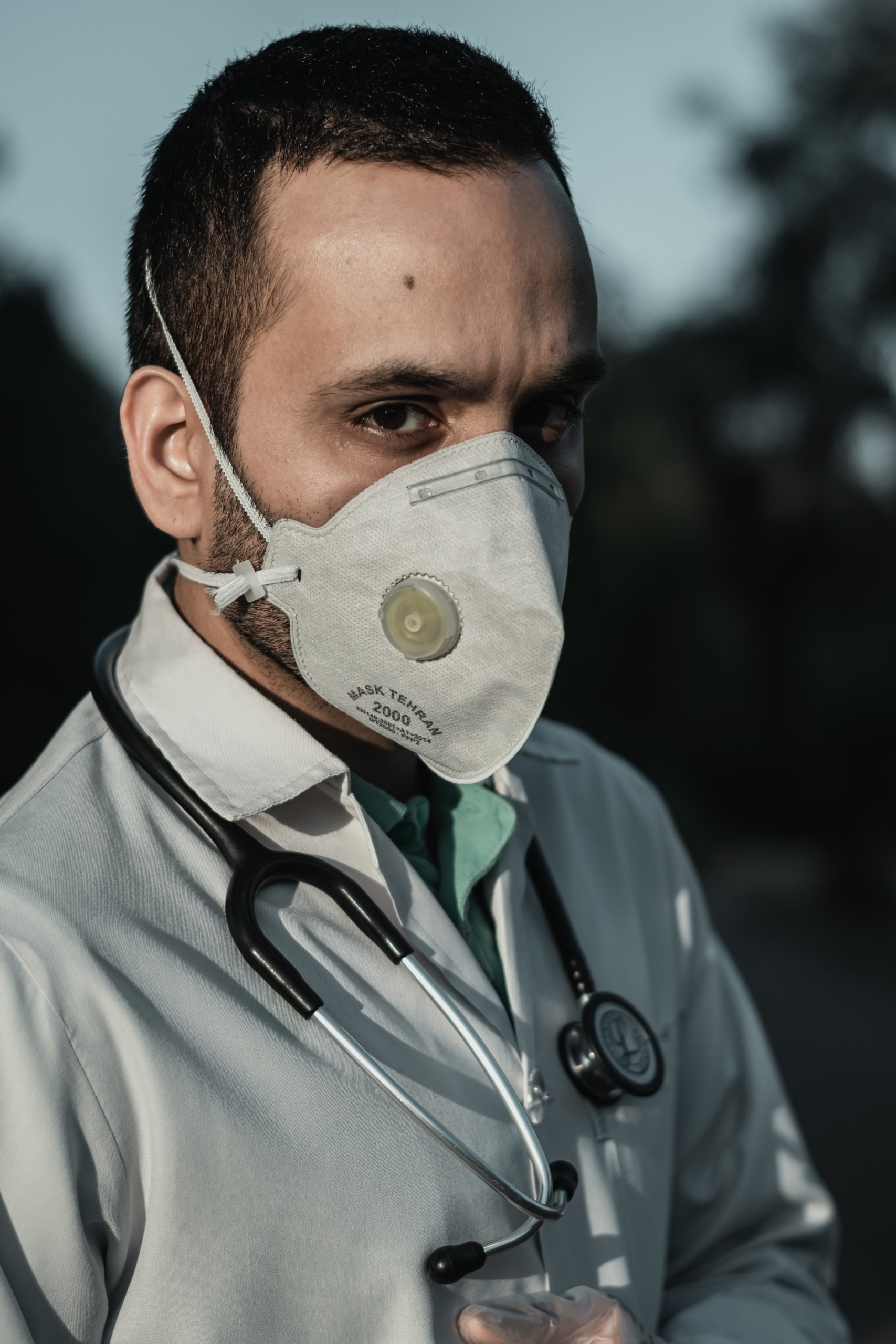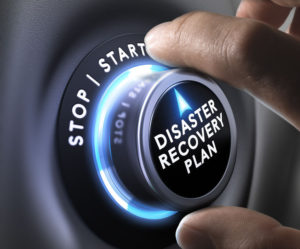

With Covid 19 deaths on the scale we have been witnessing, it is perhaps natural and inevitable to point fingers and look to assign blame. Certainly there are many who are jumping into the fray to do just that, even as the crisis rages and before any balanced assessment can be undertaken and the various different approaches taken can be compared. Unfortunately, much of this is simply partisan posturing which demeans carers, critics and criticised alike, and does nothing to ensure that lessons will be learned and lives will not be lost unnecessarily in the future. Nor will a DRP. A DRP does, however, provide a proper framework for conducting a post-disaster review. Not only that, it provides the foundation for plan improvements that will help mitigate the effect of future disasters and save lives.
For starters, key to any DRP is that it is regular tested to ensure preparedness, as well as to gauge both how appropriate and effective the action to be taken is likely to be. Most governments claim to comply with World Health Organisation (WHO) requirements and so have had a basic DRP in place for dealing with a pandemic. It may or may not be possible to verify this, but it seems clear that, even if they did, they were never tested. For proof of this, you need look no further than the lack of Personal Protective Equipment (PPE) available when the crisis broke.
It seems pretty obvious that any contagious disease will make demands on your frontline healthcare workers at the very least and that they will need protective gear in order to limit the contagion and spread of the disease. So how come we not only did not have that, but struggled to get access to it? Again it is obvious that if the pandemic is global there will competition for the equipment and thus there should be enough for immediate needs with clear steps for additional sourcing or manufacture.
As most of us now know, the basic requirements to deal with any pandemic are:
- A constant state of readiness, since it is a disaster that can occur at any time;
- The identification of the disease and how it spreads;
- A method of testing for the disease;
- Creating the capability for mass testing;
- Steps to prevent the spread of contagion;
- The safety of healthcare and other essential workers;
- How and when to scale back on the measures taken in an appropriate manner.


This is unlikely to be a comprehensive list but at the very least these should therefore provide the framework for any pandemic planning. Accordingly the steps to be taken should already have been established, the resources identified, and their availability secured so that the time it takes to “kick into gear” is reduced to an absolute minimum and there is little chance of avoidable delays. Naturally, as a layman observer, I cannot comment on the extent to which these were or weren’t in place, but the circumstantial evidence – the time things have taken and the problems being encountered – suggests that they were not. As a pandemic is probably the disaster we are most likely to face it begs the question as to how well-placed we are to face other disasters.
In fact, following the Great Recession of 2008, the pandemic is the second disaster to befall us in little more than a decade. Clearly, the time has come for all governments to have a proper DRP in place: one that is regularly checked, audited and which can be used to assess how well government is meeting its accountabilities and safeguarding the interests of its citizens. Hopefully this will also provide a framework for governance that will reduce partisan bickering and improve government effectiveness, both in the planning and the execution.
_____________________________________________________________________________
Please get hold of my book, The Democracy Delusion: How to Restore True Democracy and Stop Being Duped to read my ideas as to how we could change our economic systems and promote discussion and debate around them so that we can answer these questions to restore democracy and safeguard a better future for future generations.
